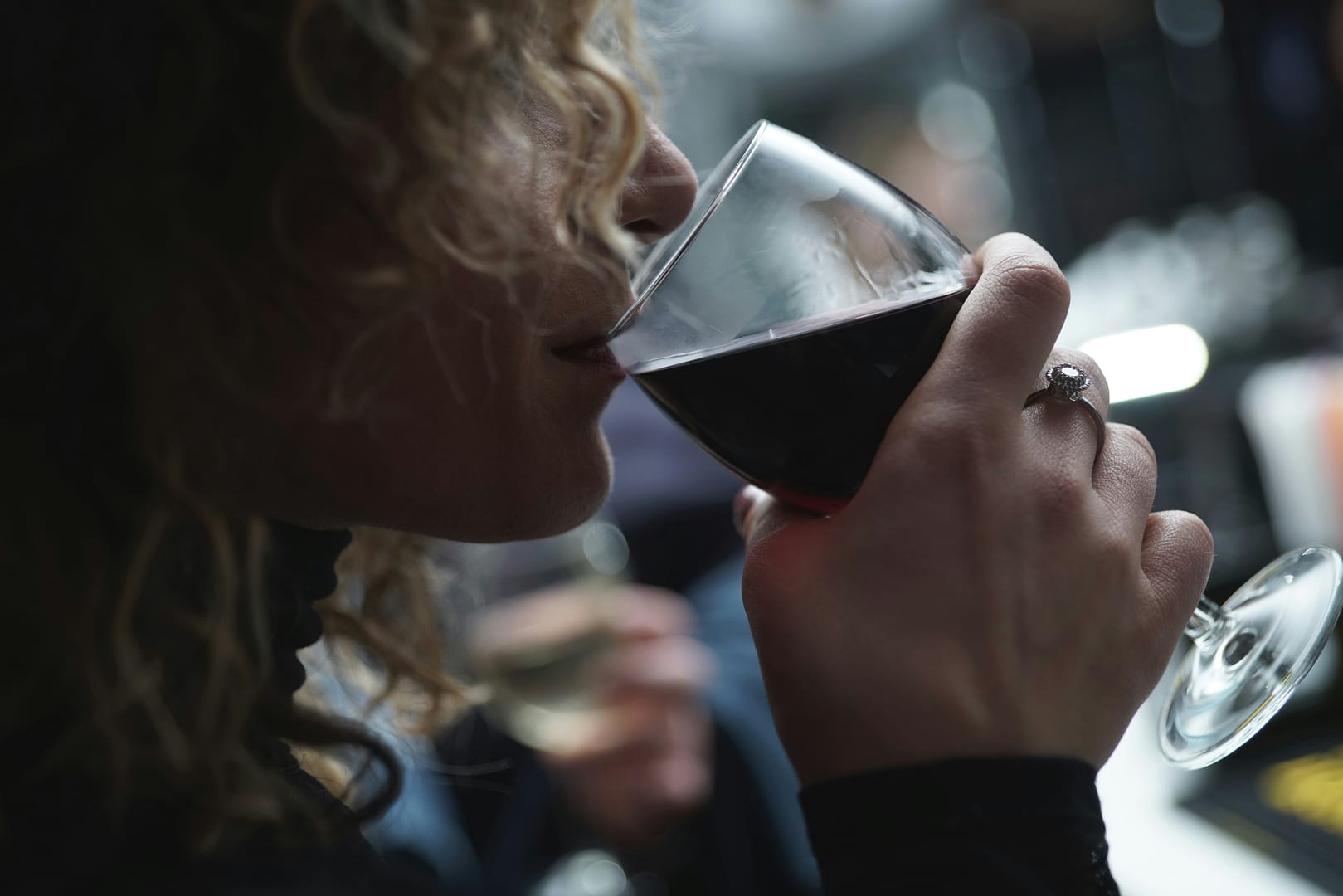Have you noticed how Italian wine sales are dipping? Let’s dive into what’s happening and why some wines still shine!
The Unraveling Story of Italian Wine in America
As a passionate enthusiast of wine, it pains me to share that the latest reports indicate a troubling trend for Italian wines in the United States. Between 2023 and 2024, there was a 4.4% decline in wine sales overall, with the situation appearing even bleaker for Italian wines, which faced a staggering 7.2% drop in volume. This shift has left many beloved varietals struggling to hold their ground in an increasingly competitive market.
A Closer Look at the Numbers
According to data from the Unione Italiana Vini’s Sipsource report, both white and red Italian wines have experienced losses around 6.4%. However, amidst this downturn, there is a glimmer of hope: sparkling wines like Prosecco have seen a modest growth of 1.5%. It’s fascinating to see how consumer preferences can pivot unexpectedly!
I remember my first encounter with Prosecco—it was light, effervescent, and paired beautifully with everything from brunch to celebratory dinners. It’s this versatility that keeps it afloat during tough times.
The Impact of Tariffs and Trends
The discussion wouldn’t be complete without mentioning tariffs imposed by previous administrations that have created further complications for imports of Italian wine. While these tariffs were intended to protect local markets, they inadvertently contributed to consumer price increases and shifted buying patterns among American consumers.

In reflecting on these changes, I can’t help but think back to when I first started exploring different wine regions. The thrill of discovering lesser-known producers could be lost if we’re not careful about supporting them through these challenging times.
The Retail Landscape: Challenges Ahead
Sales through retail channels have also been disappointing, with recent figures revealing a 4.2% drop in volume for 2024 compared to the previous year—worth €2.6 billion at stake! Popular varieties like Pinot Grigio and Lambrusco are feeling the pinch most acutely, with declines reported at 7% and 6%, respectively.
Yet amidst this sea of red ink, Sicilian whites and Brunello di Montalcino stand out as exceptions with positive growth rates! It’s intriguing how certain regions can defy trends while others falter; it brings forth questions about terroir and consumer connection.
Future Prospects: Can Italian Wine Bounce Back?
While recent months have seen fluctuations due to holiday sales—particularly around Thanksgiving—what lies ahead remains uncertain. The end-of-year figures may suggest some recovery but it’s essential to remain cautious as December revealed another decline of 4%.
I find myself wondering: will our love for these historic wines endure? Or will new preferences emerge as consumers seek value during economic uncertainty? These are questions every passionate drinker should ponder.

FAQs About Italian Wine Consumption Trends
What are the main reasons for the decline in Italian wine sales?
The decline is attributed primarily to increased competition from other wine-producing countries and tariffs affecting pricing.
Which types of Italian wine are performing well despite market challenges?
Sparkling wines like Prosecco have shown resilience, alongside regional stars like Brunello di Montalcino.
How can consumers support struggling varieties?
By actively seeking out less popular wines or participating in tastings at local shops or events.
What is expected for future trends in wine consumption?
Experts suggest that consumer preferences may shift towards more affordable options during economic downturns.
Photo by Jim Harris on Unsplash

